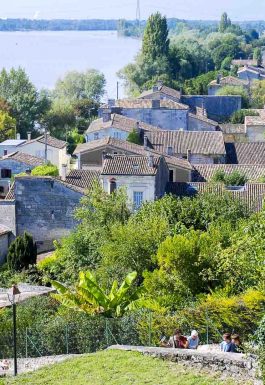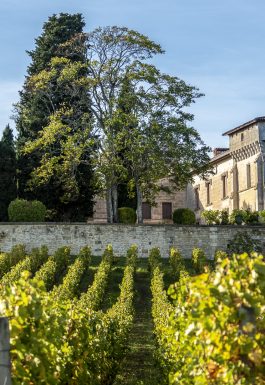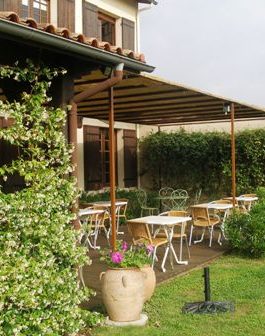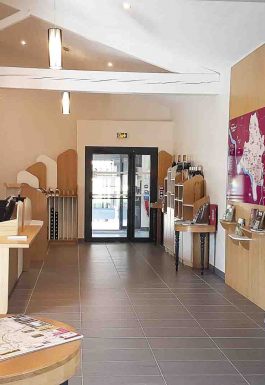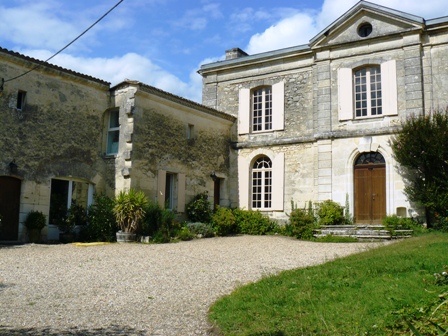Remains (cut stone tools, mosaics, etc.) from the Neolithic and Gallo-Roman eras have been found in the town. The parish seems to have been created in the Middle Ages. The River has stone quarries exploited in the XNUMXth century, and a barge port which allowed their transport once cut to the Port of the Moon, Bordeaux. Its terroir imposes the activities practiced today: fishing and viticulture.
The Notre Dame church dates from the XNUMXth, XNUMXth and XNUMXth centuries. It is of course in stone.
The Château de La Rivière, according to the famous Girondin artist Léo Drouyn, would be a prestigious XNUMXth century castle, wanting to imitate feudal castles. Indeed, it would be a purely symbolic choice on the part of the Lords during the Renaissance to attribute to this building a medieval origin: the thickness of the walls would be too small, the ditches, openings and external defensive arrangements absent, just like the classic interior layouts of a fortress from this period.
This beautiful Château has belonged for many generations to the De L'Isle family.
Redesigned several times after being sold as national property in 1792, the Château would have undergone major transformations around 1890 during a restoration campaign inspired by the work of Violet Le Duc.
This does not detract from the magnificent viewpoint dominating not only the valleys of Isle and Dordogne, but also allowing glimpses of Entre-Deux-Mers and the horizon of the plains of Médoc and Landes.
Do you want to share an animation taking place at La Rivière?
Fill in the online form for it to appear on this page!
